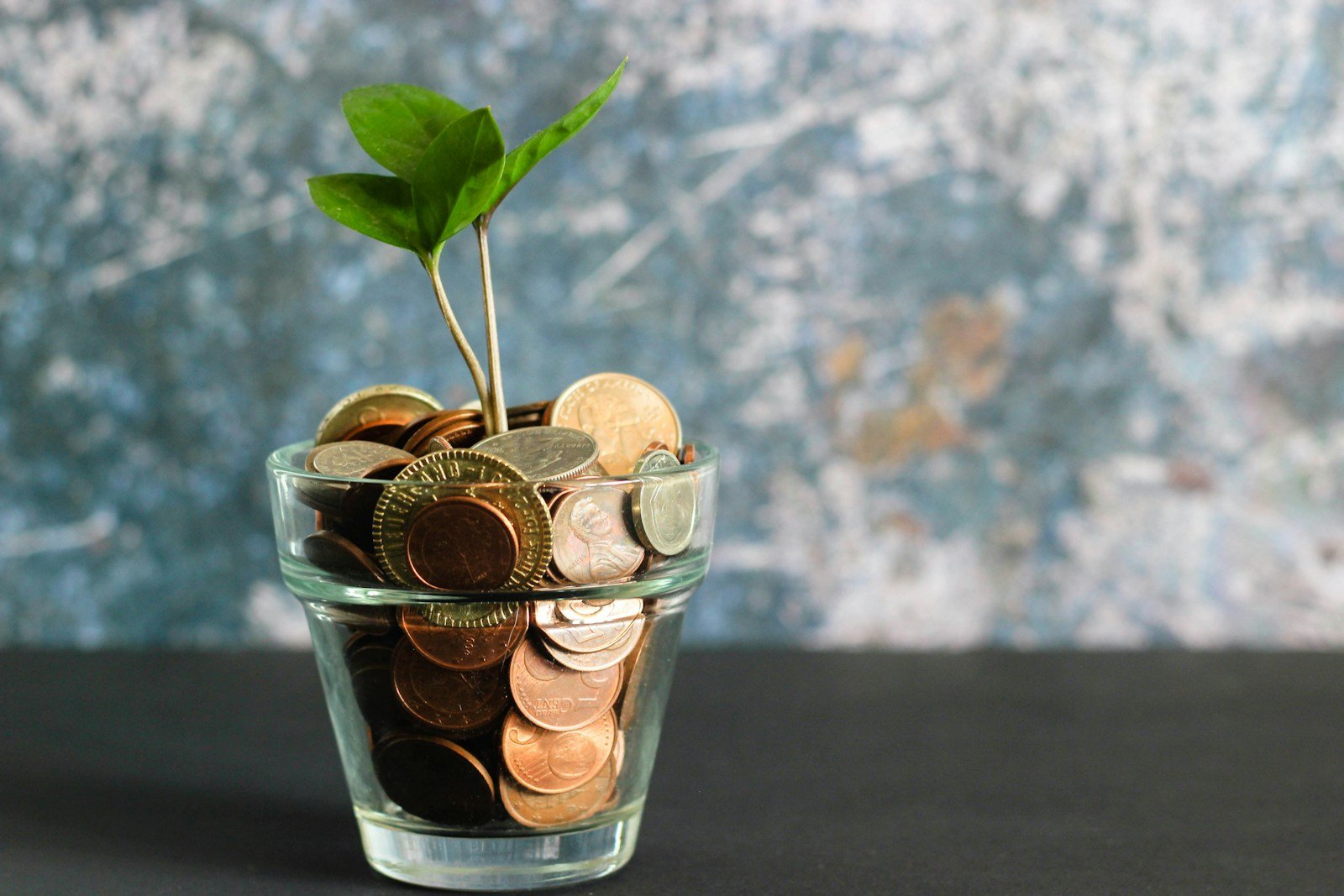Living sustainably doesn’t have to mean spending more—it can actually lead to long-term savings when approached with intentionality. From reducing utility bills through energy efficiency to cutting costs by minimizing waste, there are countless ways to align your lifestyle with eco-friendly practices while also being smart about your money. This article explores practical strategies that can help you live more sustainably without compromising your financial well-being.

Reducing Energy and Water Costs Through Efficient Habits
One of the most direct ways to save money through sustainable living is by cutting down on energy and water use. Simple changes, like replacing traditional light bulbs with LED alternatives, can significantly lower electricity bills over time. Similarly, installing low-flow showerheads and faucets helps conserve water without sacrificing comfort or convenience.
Investing in energy-efficient appliances that carry certifications such as ENERGY STAR can also lead to substantial savings on monthly utility costs. These appliances use less power while delivering the same performance as their conventional counterparts. Additionally, smart thermostats offer an easy way to manage heating and cooling expenses by learning your schedule and adjusting temperatures accordingly when you’re not at home.
Cutting Costs Through Mindful Shopping Practices
The way we shop plays a major role in both our environmental impact and our budget. Choosing durable, high-quality items—rather than cheap, disposable ones—can reduce the need for frequent replacements, which ultimately saves money over time. This principle applies to everything from clothing and household goods to electronics.
Opting for second-hand or refurbished items is another effective way to minimize waste while keeping costs low. Many quality products can be found at thrift stores, online marketplaces, or local consignment shops. Shopping in bulk also helps reduce packaging waste and can lead to cost savings on everyday essentials like grains, beans, and cleaning supplies.
Making Sustainable Food Choices That Save Money
The food we eat has a direct impact on both our health and the environment. Choosing seasonal produce not only supports local farmers but also reduces transportation emissions and often comes at a lower price point. Similarly, buying locally grown foods can help cut down on carbon footprints while supporting community economies.
Reducing meat consumption—especially red meat—is another way to save money and reduce environmental impact. Plant-based meals are typically more affordable and can be just as nutritious when balanced properly. Growing your own food, even in small spaces like balconies or windowsills, is also a cost-effective way to enjoy fresh, organic produce while reducing reliance on store-bought items.
Saving Money Through Waste Reduction Strategies
Waste not only harms the environment but also costs money—both in terms of disposal fees and the resources used to manufacture goods. Reducing waste at home starts with adopting reusable alternatives for everyday items such as shopping bags, food storage containers, and water bottles. These small changes can significantly cut down on single-use plastic purchases over time.
Composting is another powerful method to reduce waste while also saving money on trash disposal. By turning organic scraps into nutrient-rich soil, you can enrich your garden or indoor plants without needing to buy expensive fertilizers. Repairing broken items instead of replacing them also extends their lifespan and helps avoid unnecessary spending.
Long-Term Financial Benefits of a Sustainable Lifestyle
While the initial investments in eco-friendly upgrades may seem significant, they often pay off over time through reduced expenses and increased efficiency. Energy-efficient homes require less heating and cooling, leading to lower utility bills year after year. Similarly, investing in quality items that are built to last reduces the need for frequent purchases.
Living sustainably also promotes healthier habits, such as eating more whole foods and exercising outdoors rather than relying on energy-intensive forms of entertainment. These lifestyle changes can contribute to long-term health savings by reducing the risk of chronic illnesses associated with poor diet and sedentary living.
Overcoming Common Challenges in Sustainable Living
One of the biggest barriers to sustainable living is the misconception that eco-friendly choices are always more expensive. However, many cost-effective solutions exist that allow people to make greener decisions without breaking the bank. For example, government incentives or rebates can help offset the initial costs of energy-efficient upgrades such as solar panels or smart thermostats.
Starting small is also key when making lifestyle changes. It’s not necessary to overhaul your entire home or routine at once—small steps like switching light bulbs, reducing meat consumption, or using reusable bags can add up over time and create lasting habits that support both sustainability and financial health.
Embracing a Balanced Approach to Sustainable Living
Balancing eco-friendly choices with budget considerations requires awareness, planning, and a willingness to adapt. By focusing on cost-effective solutions that also benefit the environment, it’s possible to live more sustainably without sacrificing financial stability. Whether through energy efficiency, mindful shopping, or waste reduction, every small action contributes to a larger impact.
Adopting a sustainable lifestyle is not only about protecting the planet—it’s also about creating long-term value for yourself and your family. By making informed choices that align with both environmental responsibility and personal finances, you can enjoy a more fulfilling and cost-effective way of life.







